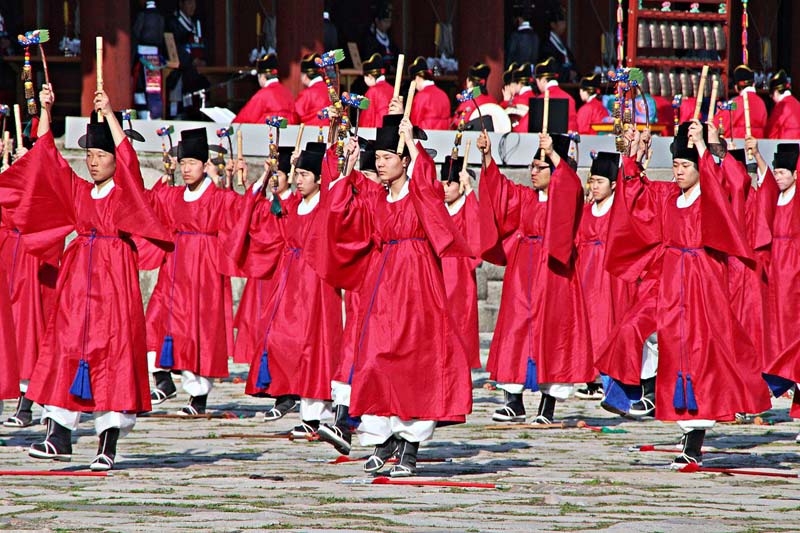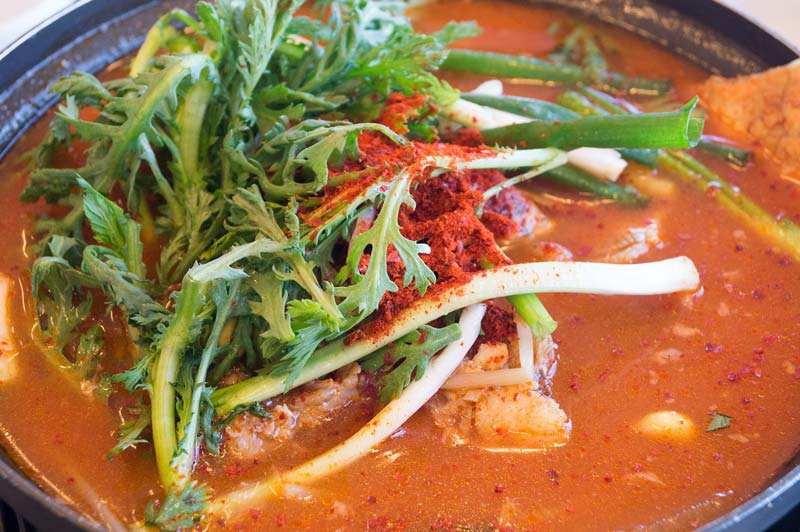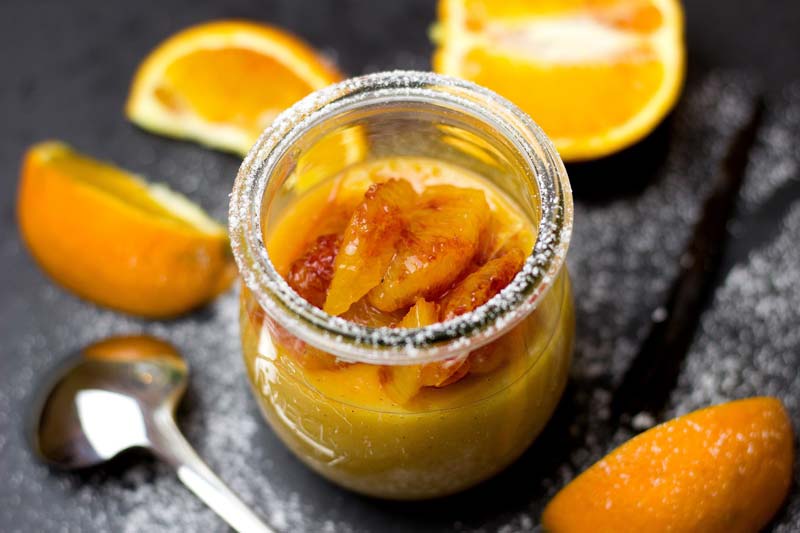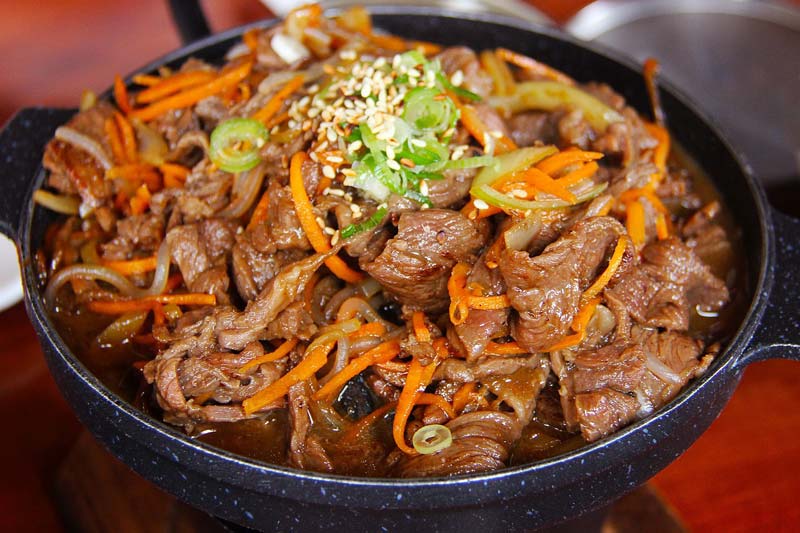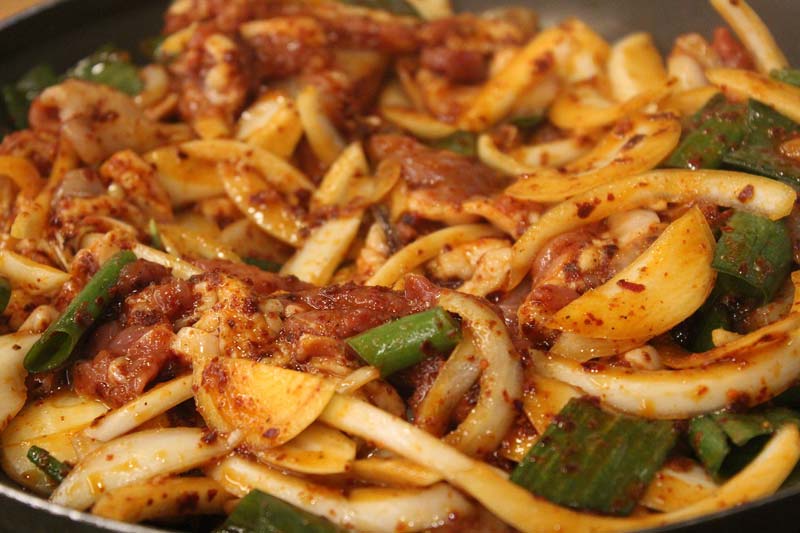What Are Fermented Foods?
Fermented foods are celebrated worldwide for their naturally developed flavors and significant health benefits. Created through microbial processes, these foods are rich in nutrients and probiotics. For example, yogurt is linked to longevity in regions like the Caucasus, where studies, such as those published in The American Journal of Clinical Nutrition (2020), suggest that regular consumption of fermented dairy may reduce cardiovascular risk. Wine, particularly red wine, contains resveratrol, which research in Nature Reviews Drug Discovery (2011) indicates may have anti-cancer and anti-aging properties. Korean staples like doenjang and kimchi are globally recognized for their health benefits, supported by studies like those in Food Science and Biotechnology (2019), which highlight their probiotic content and antioxidant effects.
Korean Fermented Foods: A Rich Heritage
Korea boasts a diverse array of fermented foods, deeply rooted in its cultural emphasis on health. These include:
- Jangs: Soy-based condiments like ganjang (soy sauce), doenjang (soybean paste), gochujang (red chili paste), and cheonggukjang (fast-fermented soybean paste).
- Kimchi: A fermented vegetable dish, essential for winter nutrition.
- Jeotgal: Fermented seafood, developed due to Korea’s coastal geography.
- Jangajji: Pickled vegetables preserved in soy or chili paste.
- Vinegars and Fermented Drinks: Traditional beverages enhancing health and flavor.
The development of these foods reflects Korea’s agricultural and geographical context. Abundant soybean crops fueled the creation of jangs, while kimchi addressed the challenge of preserving vegetables during harsh winters. Jeotgal emerged from Korea’s access to seafood along its three coastal sides.
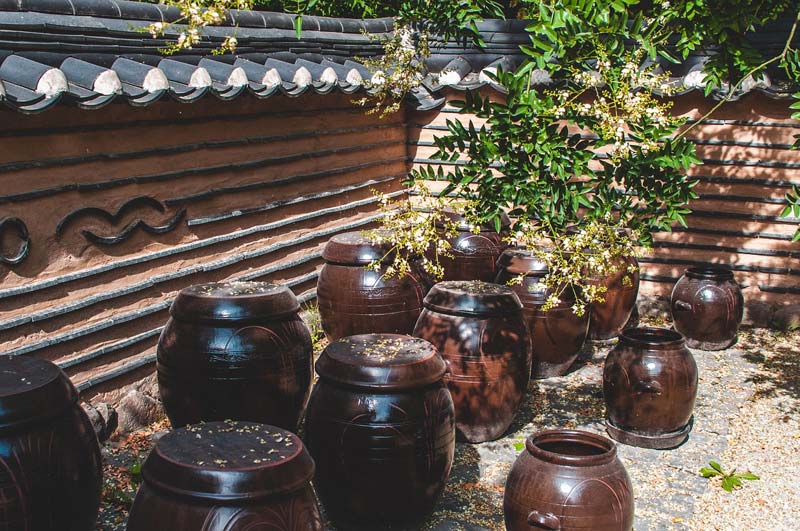
Traditional Korean fermentation jars, fot. wal_172619 / pixabay
Traditional Korean Fermentation Practices
In Korea, the preparation of jangs is steeped in tradition. Families historically chose auspicious days for making jangs, believing their quality could influence prosperity. Fermentation jars were adorned with straw festoons and paper patterns symbolizing protection against misfortune, underscoring the cultural reverence for these foods.
The process of making jangs involves fermenting meju (fermented soybean blocks) in salted water. After fermentation, the mixture is separated: the solid becomes doenjang after further ripening, while the liquid becomes ganjang through brewing. Unlike Japanese fermentation practices, where the solid byproduct of soy sauce production (similar to doenjang) is often discarded or used as animal feed, Korean cuisine retains and refines this nutrient-rich solid into doenjang. This distinction highlights Korea’s resourcefulness, as doenjang is packed with dietary fiber, lecithin, and protein, as noted in a 2017 study in Journal of Food Science and Technology. In Japan, the focus is primarily on the liquid soy sauce (shoyu), with less emphasis on the solid byproduct, reflecting a cultural preference for lighter, umami-driven flavors. Korean doenjang, by contrast, embodies a robust, earthy taste integral to dishes like stews and ssamjang, showcasing the depth and versatility of Korean fermentation.
Spotlight on Key Korean Fermented Foods
Cheonggukjang
Cheonggukjang is a quick-fermented soybean paste, produced by boiling soybeans, placing them in a well-ventilated container, and maintaining a temperature of 35–40°C for about 20 hours. The result is a sticky, aromatic paste rich in vitamins, such as B vitamins, not found in raw beans, as documented in Nutrients (2020). It is highly digestible and excellent for stamina.
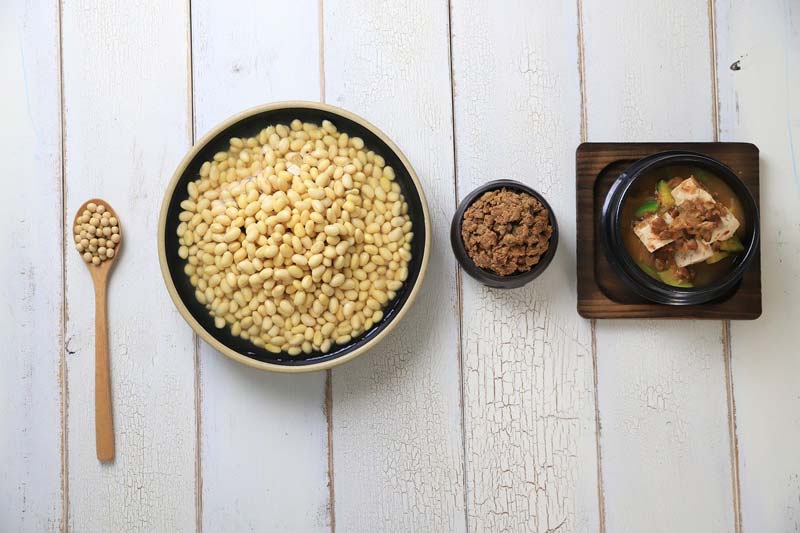
Cheonggukjang, fot. lpegasu / pixabay
Similar foods exist in Japan (natto), China, and Southeast Asia, forming a “Cheonggukjang Belt” spanning from Japan’s Kyushu region to the Himalayas. Unlike Japanese natto, which is fermented with Bacillus subtilis and prized for its sticky texture, cheonggukjang often incorporates rice straw microbes, adding a unique funky flavor that distinguishes Korean cuisine.
Gochujang
Introduced after red peppers arrived in Korea around the late 16th century, gochujang is a spicy, savory paste made from red chili powder, soybeans, glutinous rice, and salt. Its capsaicin content, studied in Food Chemistry (2018), boosts metabolism, promotes blood circulation, and offers antibacterial and anti-cancer benefits, making it a unique and nutritious Korean staple.
Kimchi
Kimchi, made by salting and seasoning vegetables like cabbage or radish with red pepper, garlic, and jeotgal, is a cornerstone of Korean cuisine. Evolving significantly after the introduction of red peppers during the Joseon Dynasty, kimchi is low in calories, high in dietary fiber, and rich in lactic acid bacteria (LAB), which support gut health, as shown in Frontiers in Microbiology (2021). Key LAB strains in kimchi include Lactobacillus plantarum, Lactobacillus brevis, Leuconostoc mesenteroides, and Weissella koreensis, which drive fermentation and contribute to its tangy flavor.
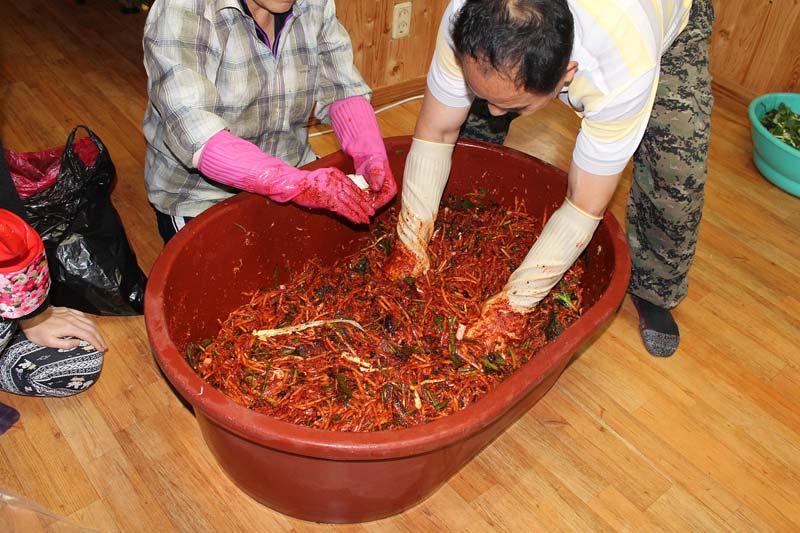
Traditional method of making kimchi, fot. 621hjmit / pixabay
These strains produce lactic acid, enhancing digestibility and inhibiting harmful bacteria. Research in Journal of Medicinal Food (2020) indicates that Lactobacillus plantarum in kimchi may reduce inflammation and improve gut microbiota diversity, while Weissella koreensis, unique to kimchi, supports immune function and antioxidant activity. These bacteria help prevent constipation, reduce cholesterol, and provide essential vitamins during winter.
Ganjang
Ganjang, or soy sauce, is made from protein-rich soybeans, offering a plant-based alternative to meat in historical Buddhist-influenced diets. Its long shelf life and amino acid content, noted in Journal of Agricultural and Food Chemistry (2016), make it a scientifically crafted, nutrient-dense seasoning.
Doenjang
Doenjang, a fermented soybean paste, is made by fermenting meju in salted water. Rich in high-quality vegetable protein, it supports blood circulation, reduces cholesterol, and offers anti-cancer and detoxifying benefits, per Food Science and Biotechnology (2019). Lecithin in doenjang also helps prevent hypertension and cognitive decline.
Jeotgal
Jeotgal involves salting and fermenting seafood, such as fish or shellfish, to create a flavorful, calcium-rich product. The fermentation process softens bones and shells, enhancing digestibility and adding a unique umami taste, as supported by research in Journal of Aquatic Food Product Technology (2020).
Jangajji
Jangajji, or pickled vegetables, are preserved in soy sauce or gochujang for extended periods. With over 200 regional varieties, jangajji stimulates appetite and provides dietary fiber. At the Korean royal court, these were known as janggwa, with variations for immediate consumption or long-term storage.
Health Benefits and Global Appeal
Korean fermented foods are not only culinary treasures but also nutritional powerhouses. Kimchi and doenjang aid digestion, reduce cholesterol, and combat heavy metal toxicity, as evidenced by studies in Food Science and Biotechnology (2019). Cheonggukjang and gochujang provide stamina and metabolic benefits, while jeotgal offers calcium and unique flavors. These foods, born from Korea’s ingenuity and natural resources, have gained global recognition for their taste and health benefits, making them a vital part of both traditional and modern diets.
